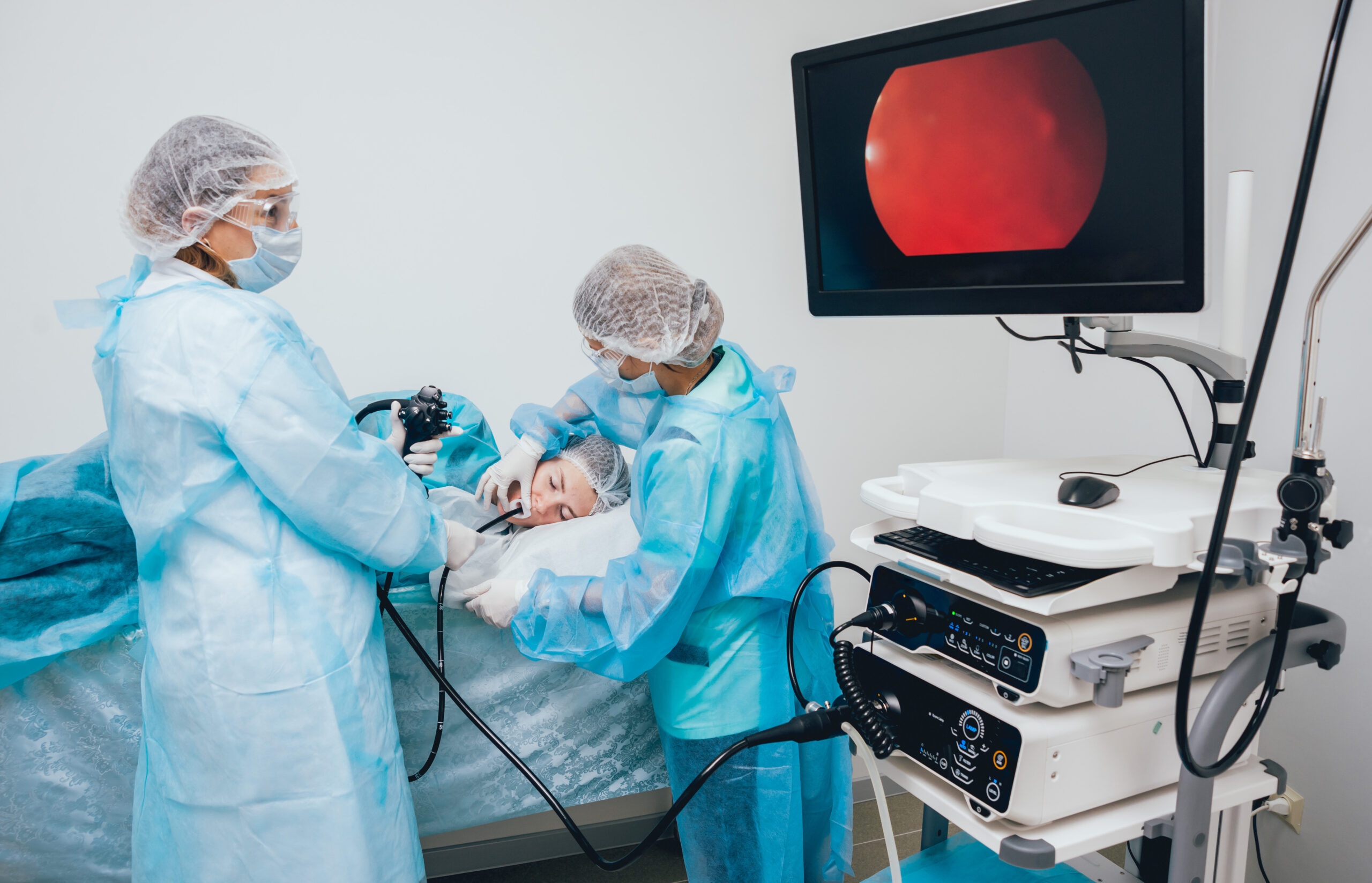ASOURCE®NAVI

公開日:2022.05.09
新年度を迎えるこの時期は健康診断が最も多く実施されます。そこで、健診の歴史や検査機器などの進歩についてまとめてみます。
日本の健康診断は、1911年に制定された工場法で、当時問題となっていた結核や赤痢などの感染症の蔓延を防ぐことを主目的に始まったとされています。その後、1947年に労働基準法、1972年に労働安全衛生法が制定され、労働者に対する健康診断が事業者に義務づけられました。労働安全衛生法制定時の検査項目は、身長や体重、視力、聴力、胸部エックス線、血圧、尿検査などのみでしたが、1989年には、貧血や肝機能、血中脂質をみる血液検査や心電図検査が追加されました。また、1998年にはHDLコレステロールと血糖検査、2007年には腹囲とLDLコレステロールが追加されるなど、近年では生活習慣病に関係の深い項目が加わっており、疾病構造の変化とともに健康診断の検査項目が変わってきました。今では、健診の目的は、まだ自覚症状が現れない段階で、潜在している病気を発見したり、将来生活習慣病になりやすい危険性があるかどうかを確認し、その後の適切な行動変容や早期治療につなげることにあります。そのため、毎年定期的な健診の受診が必要とされています。
検査機器や診断技術も革新的に進歩しました。画像診断の大きな進歩としては、X線検査で異常が疑われた場合に行われるCT(コンピューター断層撮影)検査が挙げられます。胸部X線検査では心臓や内臓、骨は白く写り、肺に炎症や腫瘍がある場合も病巣が白く写るので、骨が重なる箇所や心臓と重なる箇所の病巣は判別しにくくなります。その点、CTは体の断面を輪切りにするように撮影できるので、病巣の位置や形状が明瞭にわかり、的確な診断ができます。輪切り画像を重ね合わせることによって、立体的な画像を作ることもできるようになりました。また、MRI(磁気共鳴画像)検査によって、症状の現れない「隠れ脳梗塞」の発見ができるようになりました。隠れ脳梗塞は脳の先の細い血管が詰まる病気で、将来的に脳卒中(脳梗塞・脳出血)が起きる危険性が高いとされ、早期発見の意義は大きいといえます。
更に、X線検査、CT検査、内視鏡検査などの画像検査のデジタル化が可能となったことも、画像診断の進歩の一つとして挙げられます。デジタル化によってメリハリのついた映像となり、診断の精度が高まったとされます。かつてはX線フィルムが主流で、現像の手間や膨大なファイルの保管に加え、探すのも一苦労でしたが、今では種類や時期の異なった画像データが瞬時に見られるようになりました。
内視鏡の進歩も目覚ましいものがありました。コンパクト化され、挿入する管は細いものでは外径約5mmのものも開発され、以前ほど苦しい思いをすることなく検査が受けられるようになりました。サイズが小さくなっただけでなく、管もしなやかになり、口からだけではなく、鼻から内視鏡を入れる検査も可能となりました。この方法によって吐き気、不快感が軽減されるようになっています。さらに近年では、人工知能(AI)を搭載した機器も登場し、医師の診断負担を軽減し、内視鏡医療の均てん化を実現する技術として、高精度のがん診断が期待されています。

内視鏡検査
画像診断検査に用いる薬剤も進化しました。健診のなかでも憂鬱な検査の1つとされるのが、バリウムを使用する検査です。バリウムの味や喉越しが苦手という方も少なくないと思われ、飲んでいるうちに気持ちが悪くなったり、飲み終わるまでにかなりの時間を要する場合があります。20年ほど前は400〜500mLの量を飲む必要がありましたが、現在では約150mLとおよそ3分の1に減りました。これによって検査時間の短縮や、被ばく量の低減が可能となりました。フレーバーもイチゴ、バナナ、ヨーグルト、ミックスジュース、コーヒー味など20種類前後までバリエーションが広がっています。さらに近年では、できるだけ患者の負担を軽くするため、バリウムの濃度を高くして、飲む量を減らす試みも行われています。
メディアスグループは、医療機器の販売を中心とした事業を展開しています。医療に携わる私たち(Medical+us)は、医療現場や人々の健康的な明日へ役立つ情報をお届けする情報発信源(Media)の役割も果たしていきたいと考えています。